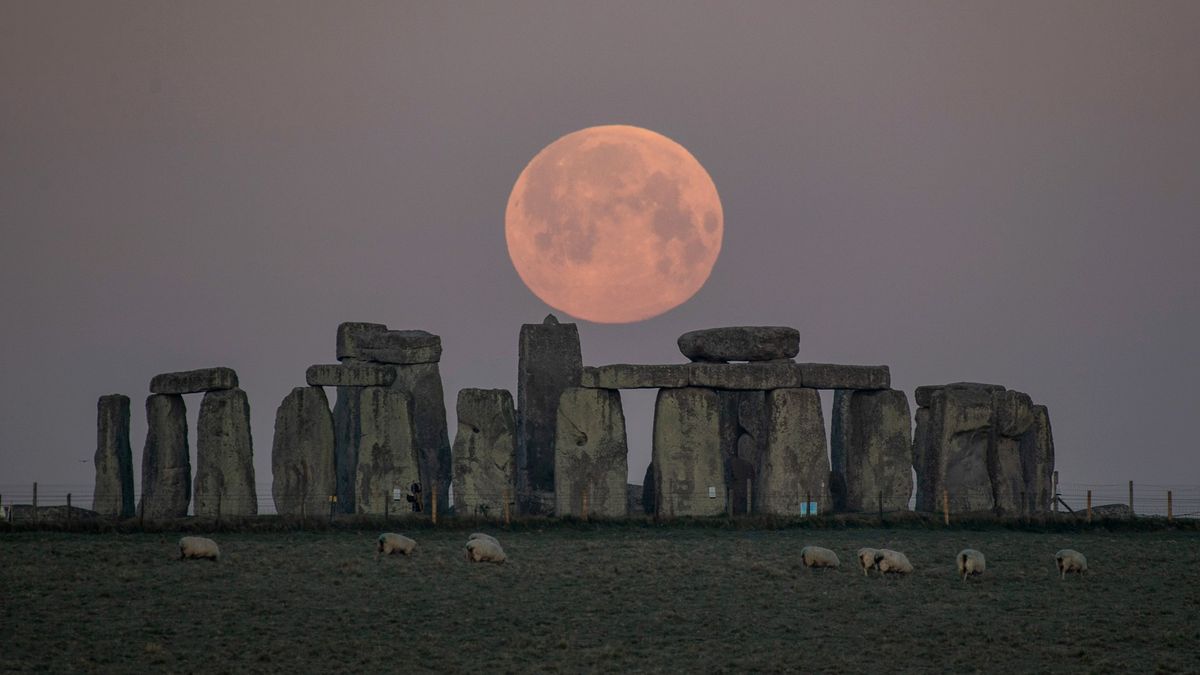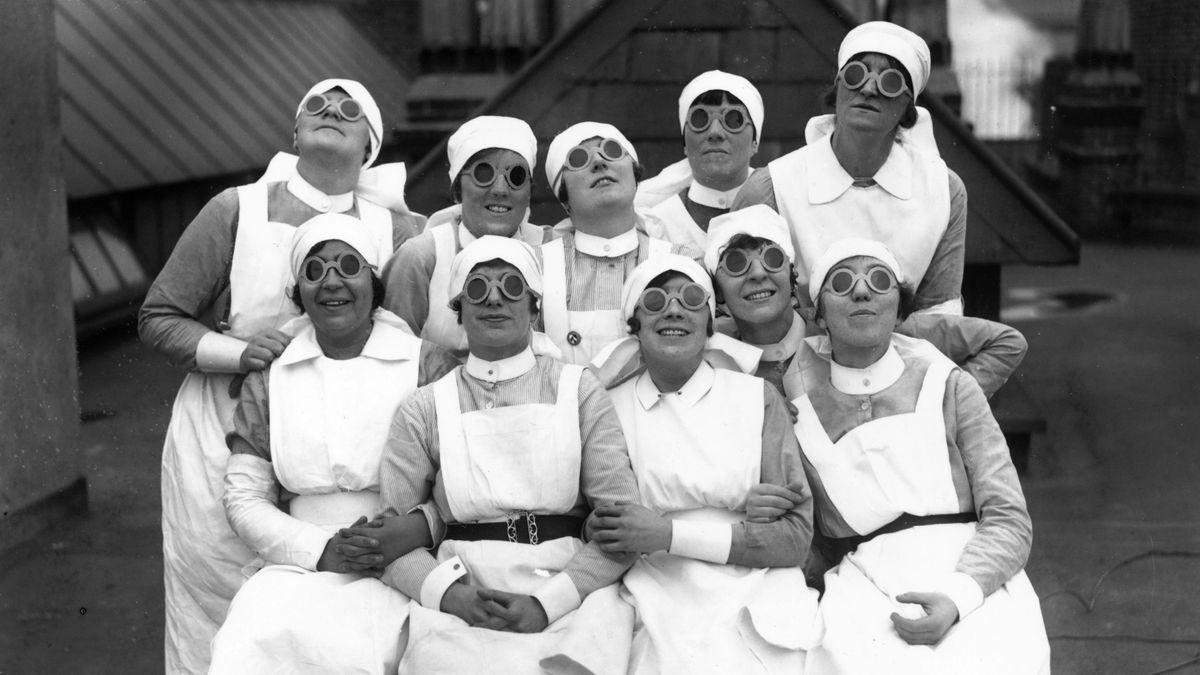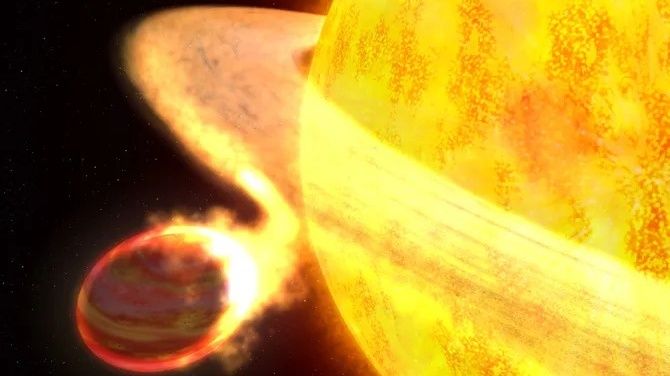The Alignment of Stonehenge with the Moon
Stonehenge has been known to align with the sun on the solstices for centuries, but scientists are now investigating whether there is also a connection with the moon. A rare event called a “major lunar standstill” is occurring, prompting researchers to delve into the possibility that the ancient builders of Stonehenge intentionally aligned the monument with the moon.
Understanding the Major Lunar Standstill
Occurring approximately every 18.6 years, a major lunar standstill involves the moon rising and setting at more extreme points along the horizon than usual. This unique celestial phenomenon is currently happening and will continue through 2025. From Earth’s perspective, the moon will reach higher altitudes in the sky than the summer sun and lower altitudes than the winter sun during this period.
Archaeologists, particularly those studying Stonehenge, are eager to seize this rare opportunity for investigation. Jennifer Wexler, a senior properties historian specializing in prehistoric sites at English Heritage, expressed the significance of this cyclical event for researchers.
The Significance of Stonehenge
Stonehenge’s construction began around 3000 B.C., evolving through various phases over the centuries. The monument consists of a large circular ditch with inner and outer banks, as well as entrances. Noteworthy within this structure are the 56 pits known as Aubrey Holes, potentially used for upright timbers or stones. Some of these holes contain cremation burials, particularly concentrated in the southeastern part of Stonehenge where alignment with the southerly moonrise of a major lunar standstill can be observed.
Moreover, in 2500 B.C., when the iconic large stones were added to Stonehenge, the four Station Stones were strategically placed to align with the most southerly rising point of the moon. This alignment showcases a deliberate connection between Stonehenge and the moon’s extreme positions.
Delving into Archaeoastronomy
Clive Ruggles, a professor emeritus of archaeoastronomy at the University of Leicester, pointed out the architectural link between Stonehenge and the sun, underscoring the moon’s lesser-known association with the ancient monument. The intentional alignment of the Station Stones with the moon’s extreme positions sparks ongoing debate among researchers.
Ancient societies likely revered the major lunar standstill as a sacred time, with early farmers especially attuned to the celestial cycles for agricultural purposes. This heightened sky awareness may have been passed down through generations, contributing to the ancestral significance of Stonehenge.
Ongoing Research and Public Engagement
Researchers from Historic England, Oxford, Leicester, and Bournemouth universities, along with the Royal Astronomical Society, are meticulously examining the effects of the major lunar standstill at Stonehenge. Through observation and documentation, they aim to gain insights into the visual and symbolic impact of this astronomical phenomenon on the monument.
Throughout 2024, the public can participate in various events at Stonehenge, including lectures, a pop-up planetarium, and an online livestream of the southernmost moonrise in June. Collaboration with researchers at Chimney Rock, Colorado, provides additional perspectives on potential lunar alignments at other archaeological sites.
Image/Photo credit: source url





